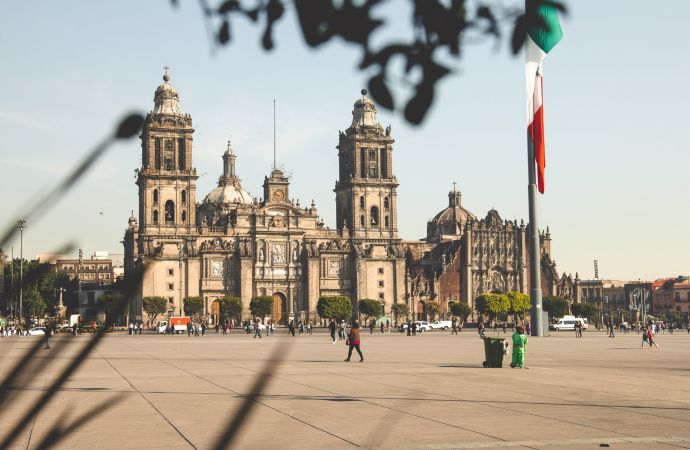Six transcritical systems in Mexico count on adiabatic systems to compensate for high ambient temperatures, explains Güntner.

Mexico City, Mexico
Correctly using adiabatic gas coolers is the key to increasing the viability of natural refrigerants, CO2 (R744) in particular, in the warmer climates of Latin America, according to Raúl Alanis, Technical Sales of Güntner Mexico, a provider of adiabatic systems.
Alanis made this point during ATMOsphere America’s Latin America-focused program in Spanish on October 22. (The online conference was organized by shecco, publisher of this website.) “Adiabatic technology can be combined with other technologies to keep systems simple, efficient, and safe,” he explained.
All six transcritical systems installed in Mexico count on adiabatic condensers, which allows for hybrid usage, he said. By hybrid usage he means that at the switch-point of 21-22℃ (69.80-71.60℃), the system begins using water, providing higher energy efficiency at higher temperatures when compared to a system using synthetic refrigerants.
Alanis cited a distribution center in Mexico City (2,250m/7,382ft above sea level) that utilizes adiabatic gas coolers in a CO2 system with two central parallel booster compressors.
The system has a total of cooling capacity of 1,082kW (307.7TR), 382kW (108.6TR) for low temperature and 840kW (238.9TR) for medium temperature. Additionally, it utilizes heat recovery to warm glycol for defrosting, which also allows for lower condensing temperatures.
According to Alanis, keeping systems in Latin America simple is key. “We still find ourselves in the first phases of projects using natural refrigerants, [so] it is convenient to maintain simplicity.”
Related stories

_1617199370.png)
